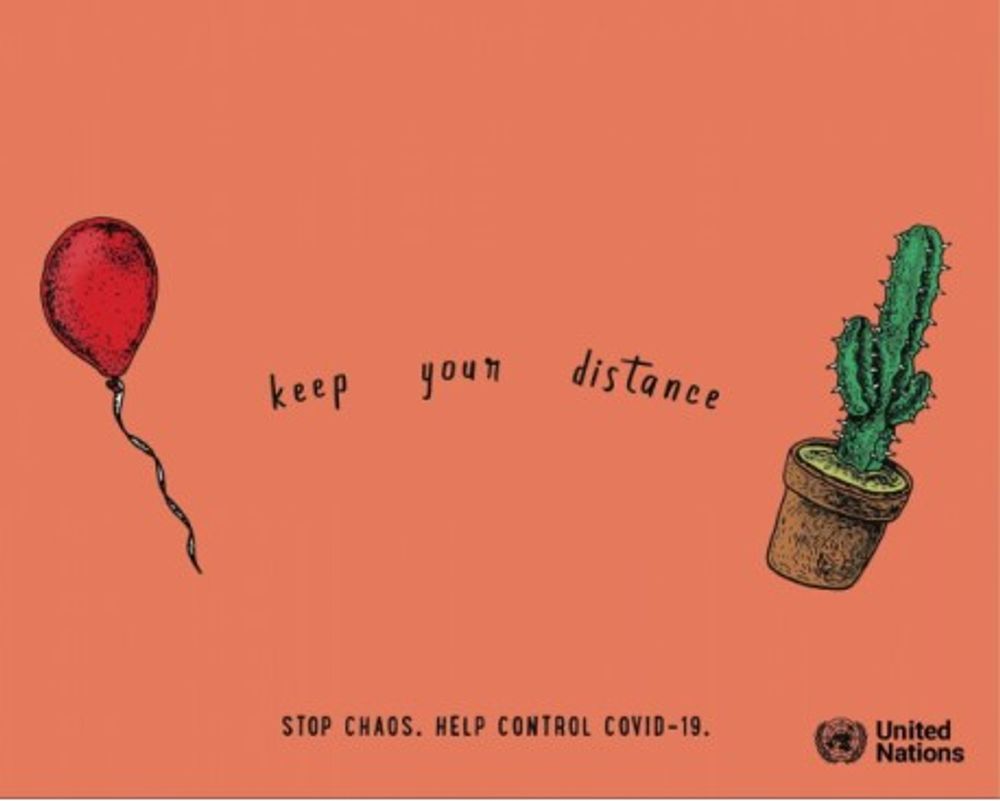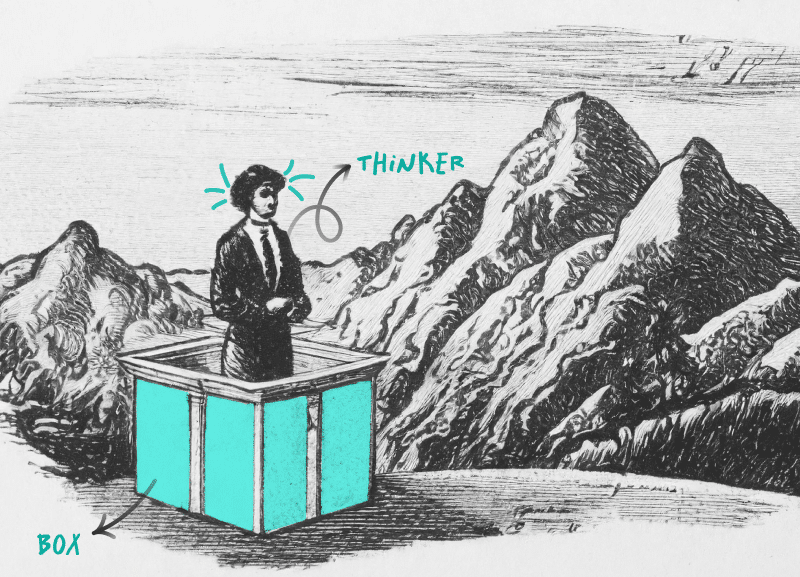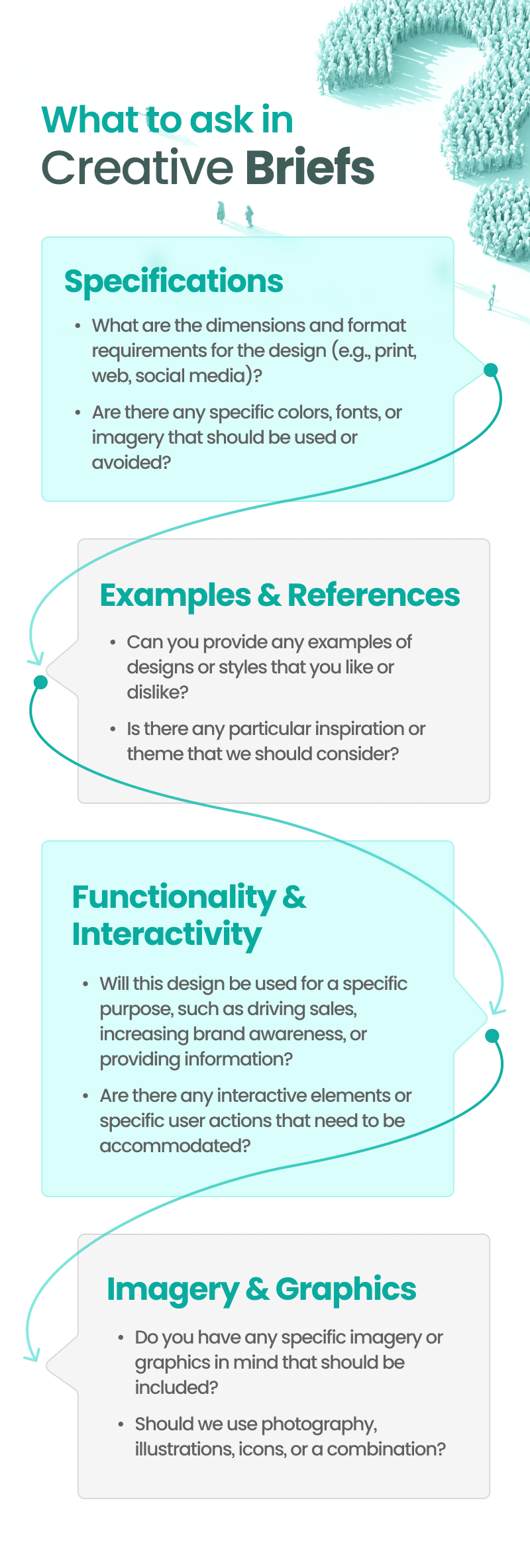How To Make Creative Designs : 5 Tips
Check out this logo.

Just some English letters I, N, Y, and a heart in between.
Nothing “creative” about this design, right?
Wrong.
The “I ♥ NY” logo is one of the most iconic designs in the world.
The logo is associated with New York City and has become an integral part of its cultural identity. It was created in 1977 by graphic designer Milton Glaser as part of a marketing campaign aimed at revitalizing the image of New York City during a time of economic downturn and rising crime rates.
The campaign was commissioned by the New York State Department of Commerce, with the goal of promoting tourism in the city. Glaser was tasked with creating a logo that would capture the essence of New York and convey a sense of love and affection for the city.
Inspired by the simplicity and universality of the “I Love” format, Glaser came up with the idea of using a heart symbol (♥) to represent love and pairing it with the abbreviation “NY” for New York. The design was rendered in a bold, hand-drawn typeface, with the heart symbol replacing the word “love.”
The logo’s brilliance lies in its simplicity and versatility.
It’s instantly recognizable and easily reproducible, making it perfect for a wide range of applications, from posters and t-shirts to souvenirs and advertisements.
Upon its launch, the “I ♥ NY” logo quickly captured the public’s imagination and became an overnight sensation. It struck a chord with both residents and visitors alike, encapsulating the city’s vibrant energy, diversity, and resilience.
Over the years, the logo has transcended its original purpose as a tourism campaign and has become a symbol of pride and solidarity for New Yorkers. It has been embraced by locals as a symbol of their love for their city and has been adopted as an unofficial emblem of New York City itself.
The “I ♥ NY” logo has also been widely imitated and parodied, demonstrating its enduring popularity and cultural significance. Countless reproductions of it exist on various merchandise, and it has inspired numerous variations and spin-offs.
Despite its ubiquity, the “I ♥ NY” logo remains as fresh and relevant today as it was when it was first created, a testament to the power of graphic designer to capture the spirit of a time and place in a single image.
You may call it simple, easy, or whatever you want. But one thing is for sure, this is unquestionably one of the most subtle yet exceptional creative designs ever crafted.
So, what does this prove?
“Creativity” in design is not about coming up with miraculous ideas; it’s much more than that.
Our brain is made for visuals. It is a very well-known fact that out of all the information transmitted to our brain, 90% is visual.
We live in an age where information is omnipresent. In fact, it’s overloaded.
That’s why the only currency you have is your ideas and your creativity.
When it comes to graphic design and advertising, bringing creative designs means more than just making things look good—it’s about thinking differently, solving problems, and making connections that captivate audiences. So, let’s dive into the world of creativity, where every idea has the power to make a difference, no matter how simple or unexpected it may seem.
What is creativity and can it be developed?
Creativity, in the context of graphic design and advertising, refers to the ability to generate unique and innovative ideas, concepts, and designs to effectively communicate messages and evoke desired responses from the target audience. It involves thinking outside the box, breaking conventional boundaries, and finding fresh and captivating ways to convey information or promote products and services.
In graphic design, creativity manifests through the use of typography, color, imagery, layout, and other visual elements to create visually appealing and impactful designs. It’s about finding the perfect balance between aesthetics and functionality to effectively communicate the intended message while capturing the audience’s attention.
Creativity in graphic design and advertising is not just about being artistic; it’s about solving problems, meeting objectives, and achieving results through innovative and imaginative approaches. It requires a deep understanding of the target audience, market trends, and brand identity, coupled with the ability to think critically and push the boundaries of what’s possible.
Let’s understand how to produce creative designs with the help of a few examples.
Understand the Brand’s Emotional Appeal
Example: Imagine you’re designing a logo for an eco-friendly clothing brand targeting environmentally conscious consumers. To align with the brand’s emotional appeal of sustainability and eco-consciousness, you might incorporate elements like green colors representing nature, organic shapes, and symbols such as leaves or trees to evoke feelings of harmony and environmental awareness.
In a recent study of neuromarketing by Roger Dooley, he observed that brands that were able to build an emotional campaign performed two times better [31%] than brands that designed campaigns based on rationality[16%].
Research and Insights
Example: Suppose you’re designing a website for a meditation app aimed at reducing stress and promoting mindfulness. Through user research and insights, you discover that the target audience seeks relaxation and tranquility. You incorporate calming colors like soft blues and greens, serene imagery of nature or peaceful scenes, and minimalist design to create a soothing and inviting user experience that resonates with the audience’s emotional needs.
Visual Storytelling
Example: If you’re designing an advertising campaign for a charity organization focused on providing clean water to communities in need, you might create a series of visuals depicting the journey of individuals accessing clean water for the first time.
Expert Opinion: Colors play an important role when it comes to creative designs. Read our blog which can help you understand the use of colors to evoke emotions in users.
But creativity is subjective. The things that may come as creative thinking and will change the world might be simple ordinary ideas for everybody else.
When you think creatively, there is no single correct answer. We have to look for alternatives and keep on breaking the mold that we make ourselves.
So, how do we assess the value of a new idea?

But what if your creative designs do not effectively communicate your message to your users?
That would be a bummer, wouldn’t it?
The thing is, you have to create designs that are not only creative but also convey your message clearly.
If you don’t strike the right balance between creativity and communication, it won’t serve the audience well. So, what do you do in that case? Visual minimalism and visual metaphors – these two are your friends for such scenarios
Going Beyond Words: How to Create Visual Metaphors to Drive Your Message
Look at this image:

In this instance, the United Nations employed visual metaphors in their creative designs and humorous ways to convey an important message about social distancing and safety measures during the COVID-19 pandemic.
Visual metaphors involve using images or symbols to represent abstract concepts or ideas, allowing for a deeper understanding and connection with the audience.
Let’s break down how they have been used here:
Simplification: Visual metaphors often simplify complex ideas into easily recognizable images. In this case, the UN is simplifying the concept of social distancing and safety measures by representing it with two simple objects.
Association: The pairing of two objects that, when put together, could lead to destruction or damage creates an association in the viewer’s mind. For example, the cactus and balloon pairing suggests the potential consequences of not maintaining distance – the balloon popping on the cactus’s spikes.
Emotional Connection: Humor is a powerful tool for creating an emotional connection with the audience. By poking fun at the situation, the UN makes the message more memorable and engaging, encouraging people to adhere to safety guidelines without feeling lectured.
Universal Understanding: Visual metaphors often rely on universally understood symbols or scenarios. By using simple and universally recognizable objects, such as a cactus and a balloon, the message can resonate across different cultures and languages.
Memorability: The use of visual metaphors enhances the memorability of the message. Instead of simply reminding the audience to keep their distance, a playful image is presented to them, which sticks in their minds and reinforces the importance of the message over time.
Overall, visual metaphors serve as highly effective tools in visual communication, enabling the conveyance of complex ideas in a simple, engaging, and memorable manner.
Strategies To Think: Out Of The Box
“Why did the creative person bring a ladder to work?
Because they were tired of thinking outside the box, they decided to climb over it instead!”
“Think outside the box.”
This one single statement is capable of infuriating every creative person who has ever been born in this world.

“What is it?
And, more importantly, is it really possible to think outside of the box?
“Out-of-the-box thinking” refers to the ability to think creatively, innovatively, and unconventionally. It involves generating new ideas or solutions that break away from traditional methods. In graphic design and advertising, applying out-of-the-box thinking can help you create unique, attention-grabbing, and memorable designs and campaigns that stand out from the competition.
Here are some ways to apply out-of-the-box thinking in graphic design and advertising:
Lateral Thinking: Developed by Edward de Bono, lateral thinking involves approaching problems from unconventional angles and exploring unexpected solutions. This technique encourages you to break out of habitual thinking patterns and consider alternative perspectives.
SCAMPER Technique: SCAMPER is an acronym that stands for Substitute, Combine, Adapt, Modify, Put to another use, Eliminate, and Reverse. This technique prompts you to explore different ways to modify or reframe existing ideas by considering different actions you can take with them.
Random Stimulus: Random stimulus involves introducing random elements such as objects, words, or images into your creative process to trigger new associations and connections. You can use random stimuli to inspire new ideas or break through creative blocks.
Six Thinking Hats: Developed by Edward de Bono, the Six Thinking Hats technique involves wearing different “hats” to approach a problem from six different perspectives: white (facts and information), red (emotions and intuition), black (critical thinking and caution), yellow (optimism and positivity), green (creativity and new ideas), and blue (meta-cognition and process control).
This structured approach helps ensure that you consider various aspects of a problem systematically.
Ultimately, thinking outside the box is about challenging assumptions, embracing uncertainty, and being open to exploring unconventional paths. It encourages individuals to break away from rigid thinking patterns and embrace innovation and creativity in problem-solving and idea generation.
So it feels great when you think outside the box and you think creatively. But what happens when you are working in a professional setup?
There are certain things you encounter while working on projects, such as:
“Let your imagination run wild.”
“We’re looking for something unconventional.”
“Don’t limit yourself; explore all possibilities.”
What should you do in such cases?
Recall the last briefing session and the feedback you received after submitting your first draft. More often than not, there are reworks, reiterations, and sometimes rejections.
In a professional setting, encountering such situations is inevitable, and you should always remain open to them. Sometimes, the person providing feedback may offer a valuable insight.
However, what often happens is that many professionals focus on providing the right answers, forgetting that it’s just as important to ask the right questions. Asking the right questions not only helps you understand the information you’re seeking but also fosters discussion and challenges existing ideas.
If this cycle repeats and you find yourself unable to deliver what is required, then it’s time to start asking for precise briefs.
Getting The Perfect Creative Designs Brief
Navigating vague or unclear briefs can indeed be challenging. To better understand and clarify the expectations of your client or manager, here are some questions you could ask:

By asking these questions, you can gain a clearer understanding of the project requirements and expectations, which will ultimately help you to deliver a design that meets or exceeds the client’s needs.
Let’s say you are making creative designs, you have an out of the box thinking, and acting on everything mentioned in this blog. But still feel a lack of inspiration and don’t know where to go with your information & ideas.
Surprisingly, this feeling is quite common, and people often refer to it as a “creative block.”
It’s the inability to come up with new and exciting ideas.
And the one advice that you’ll hear from almost everyone to battle this situation is: Take a break.
Also read: 7 Effective Tips For a Better Work-Life Balance.
Balancing work-life and taking breaks can surely help you to avoid burnout, But you still need something to push your creative limits.
Here’s how you can begin:
Exercises To Help You Produce Creative Designs.
1.Hack Hour
Coming up with a brilliant idea is always challenging, especially when you’re given a deadline (You know who always wants brilliant ideas and that too by E.O.D, don’t you?🙂).
It is almost impossible to focus on brainstorming when your mind is wavering around being on time. So instead what you can do is set an hour once a day which is exclusive for thinking. No expectations, no pressure, and no inhibitions. Let the ideas flow without any judgments. Now if there is somebody who thrives under pressure, it works well for them as well as they have a set deadline of an hour to let their creative designs and juices ooze out.
2.Quantity over Quality
Yes, you read it right. Instead of coming out with one perfect design idea, you can come out with 10, 20, or maybe even more versions of designs. Creativity is like a snowball. Creating small ideas will help you combine your thoughts and before you know it, these ideas will quickly lead to an avalanche of ideas.
3.Switch
Your mind functions differently in different situations. So whenever you think that there is a creative block, you can try switching.
Switching what?
Your routine, environment, and even the people you are interacting with. Join some like-minded communities and forums where you can exchange your ideas and collect different points of views.
4.Alternate Uses Test
Designed by J.P. Guilford in 1967, the Alternative Uses Test asks you to think of as many uses as possible for a simple object, like a bottle, a pen, or a chair. This test is usually time-bound. Practicing this test enhances divergent thinking and helps to develop your ability to think creatively.
You can try it here.
The results are based on 4 different indicators:
- Fluency – the number of alternative uses you can think of.
- Originality – how unusual those uses are – evidence of ‘thinking different’
- Flexibility – the range of ideas, in different domains and categories
- Elaboration – the level of detail and development of the idea.
So these are a few creative thinking exercises which can come to your rescue whenever you are feeling stuck.
Conclusion
Ultimately, creativity is a journey—a continuous exploration of ideas, perspectives, and possibilities. As designers, embracing this journey with curiosity and a willingness to challenge the status quo can lead to transformative experiences. So let’s embark on this journey together, where every stroke of creativity has the potential to make a lasting impact and inspire change in the world of design and beyond.
If you liked our take on how designers can be creative, you should check out our take on how writers can be creative here.

